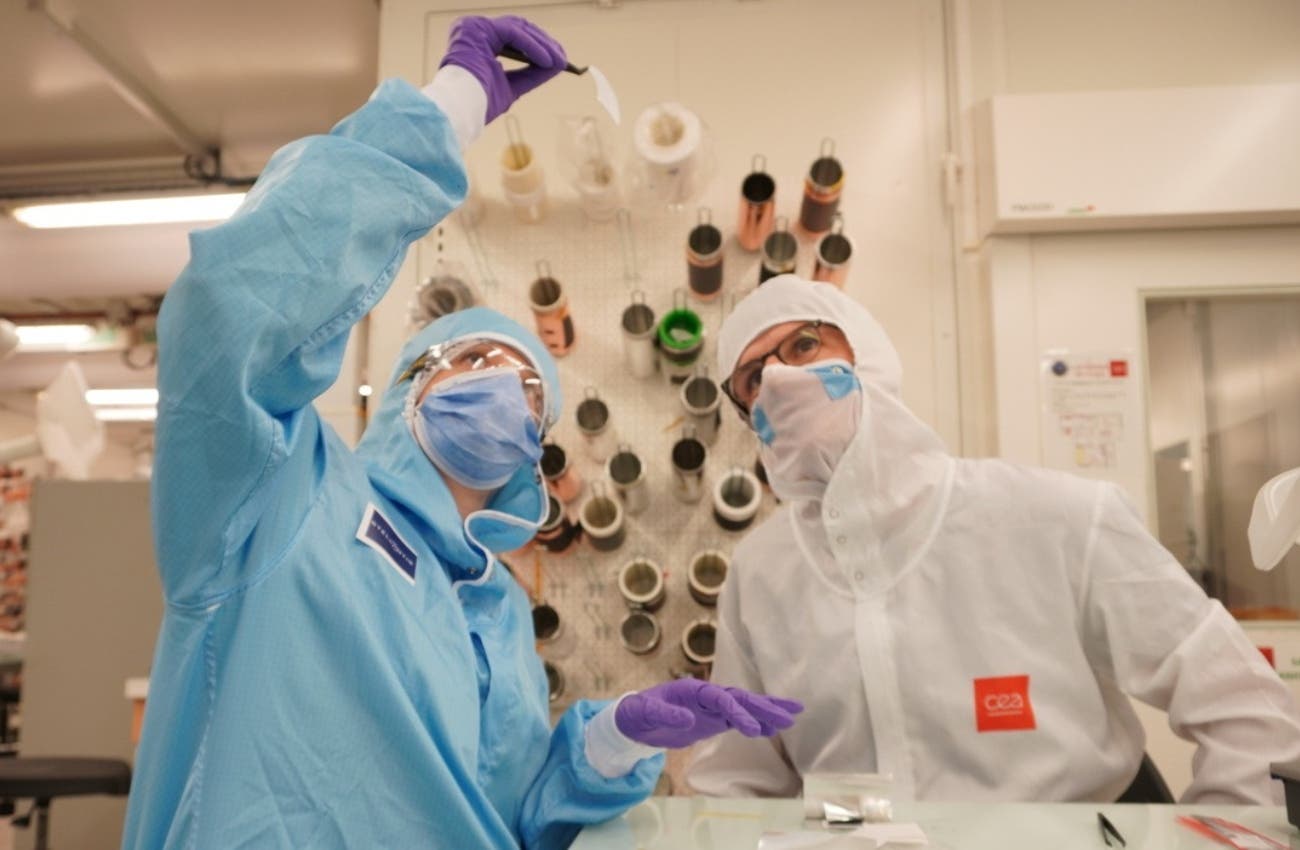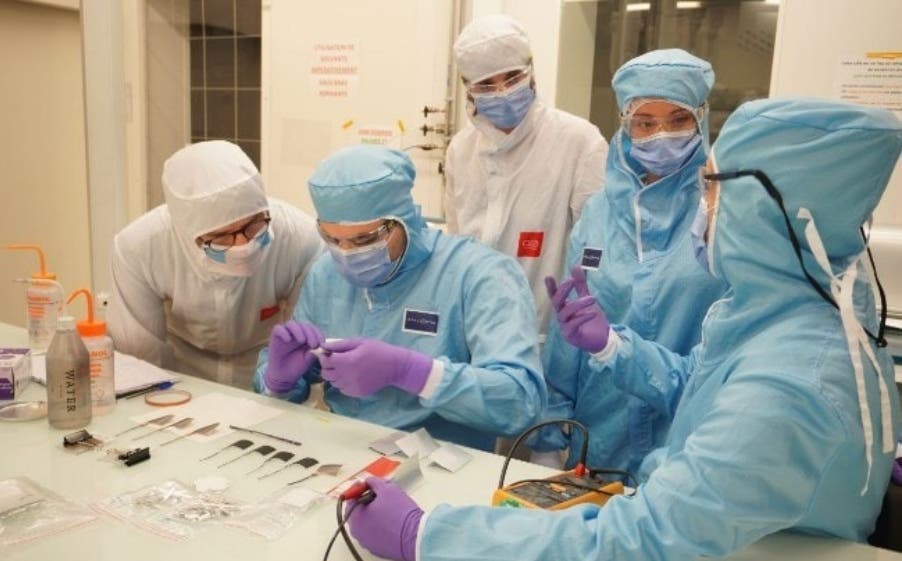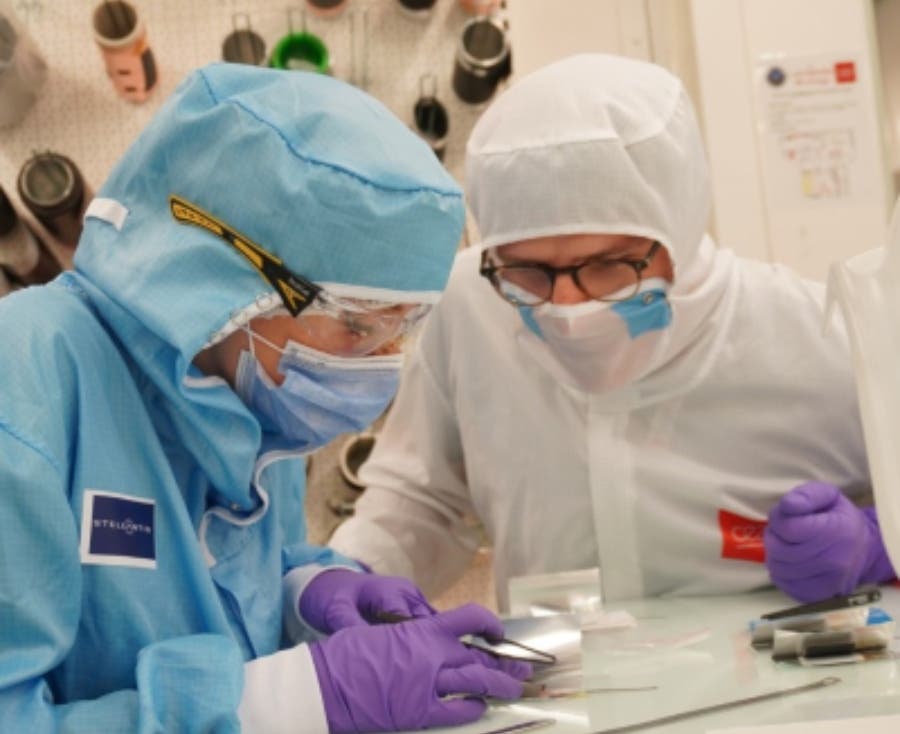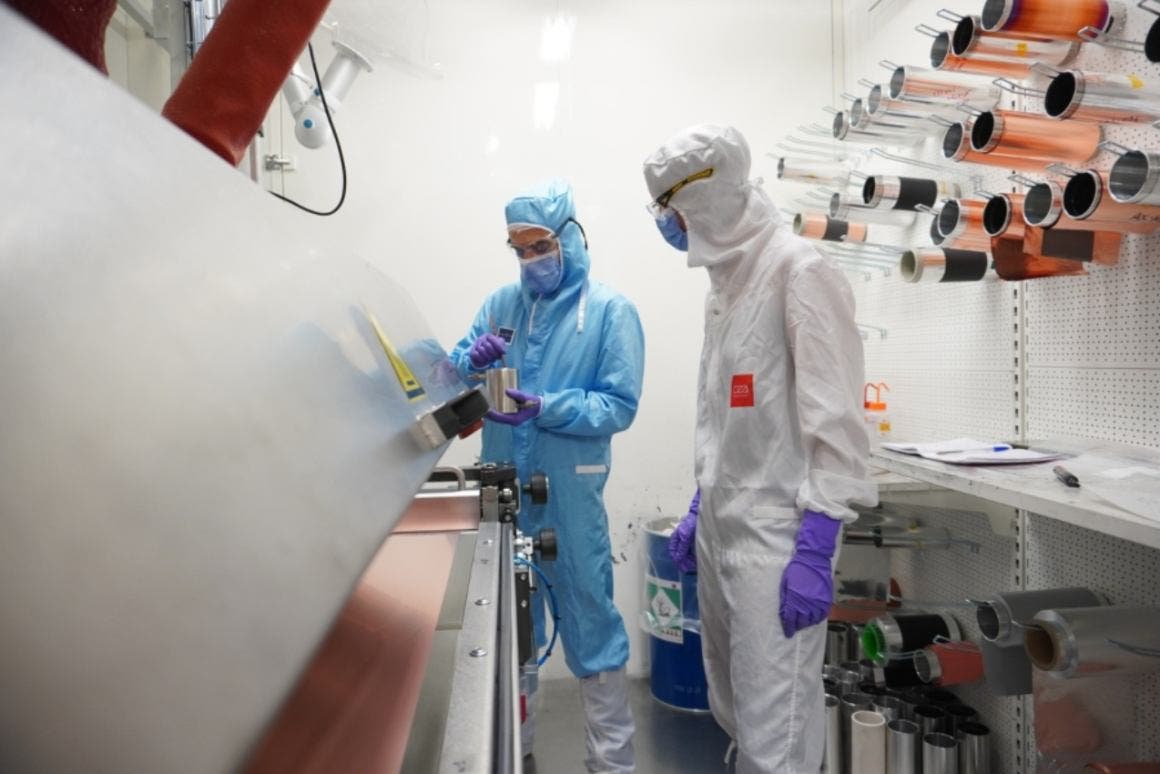Stellantis and CEA are combining their strengths. This strategic collaboration uses Stellantis’ engineering expertise and CEA’s pioneering spirit in technological innovation to create revolutionary batteries for next-generation electric vehicles that provide higher performance, extended life, less environmental impact with a smaller global zero carbon footprint, and a more affordable price.
Stellantis and CEA: a union on engineering innovation for revolutionary batteries
It’s another significant partnership by Stellantis, which signed an agreement with CEA for revolutionary batteries for electric vehicles. The goal of this partnership? To develop next-generation battery cells in-house, leveraging Stellantis’ engineering know-how and CEA’s pioneering spirit. Indeed, the Stellantis Group is once again reinforcing its commitment to electric mobility by entering into a five-year partnership with CEA – which is in fact one of the world’s most renowned research institutions – to develop batteries for next-generation electric vehicles.

The partnership of excellence for an ambitious goal of creating better-performing, longer-lasting, environmentally friendly batteries, and all incredibly at a competitive cost. Combining Stellantis’ engineering expertise with CEA’s innovative technology certainly has the potential to revolutionize the industry while accelerating the transition to a more sustainable and affordable automotive future for all.
Research and development of innovative battery cells is what is brought into the focus of the collaboration. Those, are proposed as innovations that could revolutionize the industry: being able to offer superior performance in terms of power, range and charging speed. The vision is to overcome the limitations of currently available batteries, paving the way for more efficient and usable electric vehicles for all. Briefly, these batteries are capable of delivering more power to give faster acceleration and with more immediate response to driver commands. They are also presented with more energy storage capacity to travel further on a single charge, making electric vehicles also suitable for longer trips. Charging time is also reduced to optimize and make the use of electric vehicles an even more convenient experience.
“We are happy to support Stellantis in this ambitious project,” says Philippe Stohr, Director of Energy at CEA. “By joining forces, we will be able to accelerate the design and production of innovative batteries, leveraging CEA’s 25 years of experience in lithium-ion batteries and Stellantis’ experience as a major player in the automotive industry and in the race for electric mobility.”

Their partnership also focuses on reducing the environmental imprint of batteries and therefore not only with a performance focus. This alliance between them in fact has as a major goal to minimize the ecological impact of the entire life cycle of batteries, from manufacturing to disposal; through the optimization of the manufacturing supply chain, by using sustainable building materials as well as adopting environmentally friendly manufacturing processes. Another key pillar of the collaboration is the reduction of battery production costs. To make batteries cheaper is critically important for accelerating the spread of electric mobility and making it accessible to a wider audience. The commitment of this collaboration is to democratize access to electric vehicles, contributing to a more sustainable future for all. The collaboration between Stellantis and CEA will not be limited to mere battery design. In fact, the two allies are committed to exploring the entire life cycle of batteries, from their production to recycling, with the goal of optimizing the environmental impact and sustainability of the entire supply chain.

The CEA partnership forms part of Stellantis’ Dare Forward 2030 plan, which aims to be carbon neutral by 2038. This collaboration is a vital part of Stellantis’ long-running commitment. This very ambitious goal is intended to accelerate the transition to large-scale electric mobility.
“We are aware that battery technology is constantly evolving, although the contours of this transformation are not yet entirely clear,” said Ned Curic, Chief Engineering and Technology Officer at Stellantis. “For this reason, we are committed to being at the forefront of this field, working in-house with dedication and testing different technologies. This collaboration with CEA is another key step: by joining forces, we will accelerate the development of revolutionary batteries and achieve our goal of providing customers with sustainable, safe and affordable mobility solutions.”
